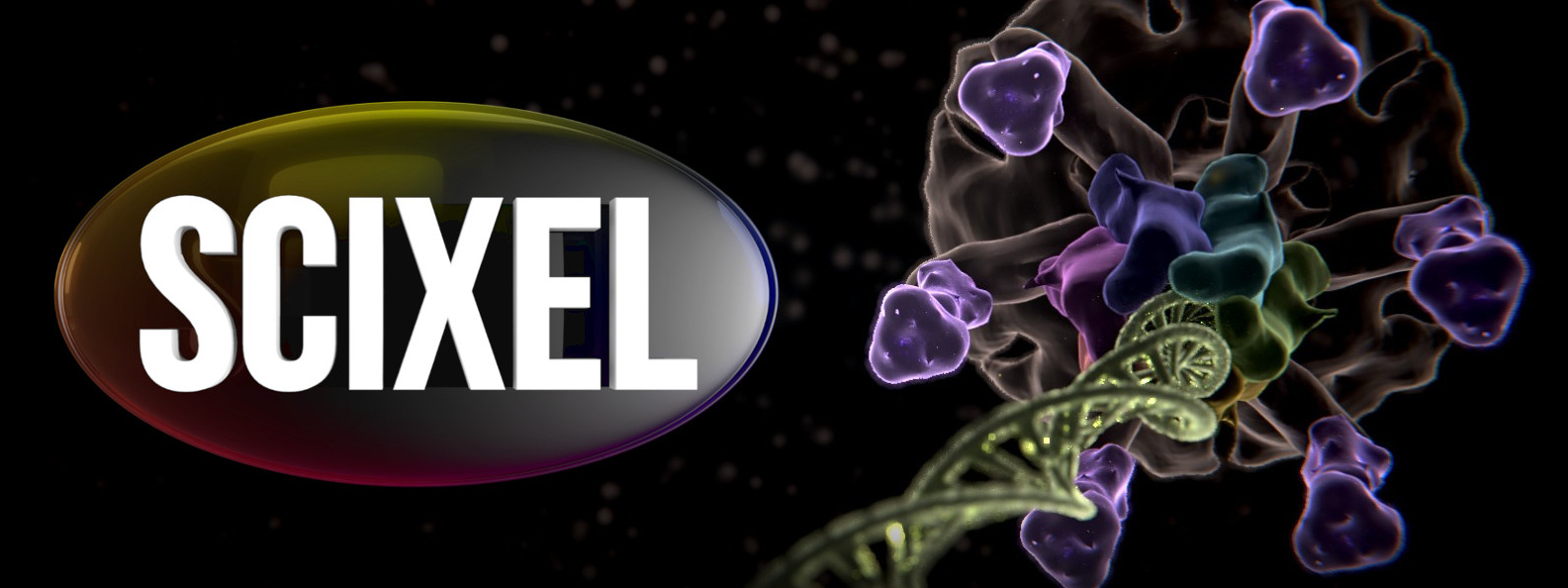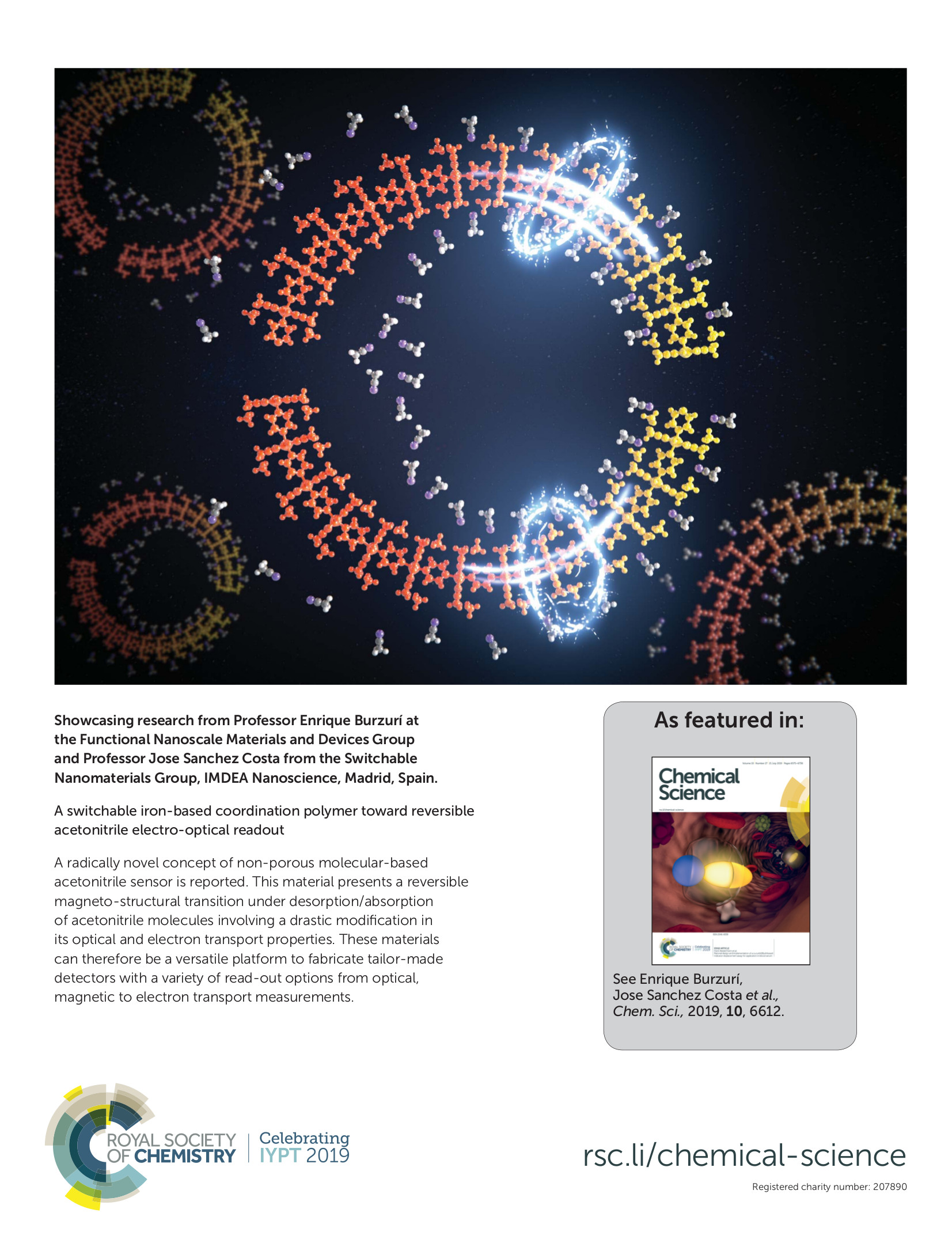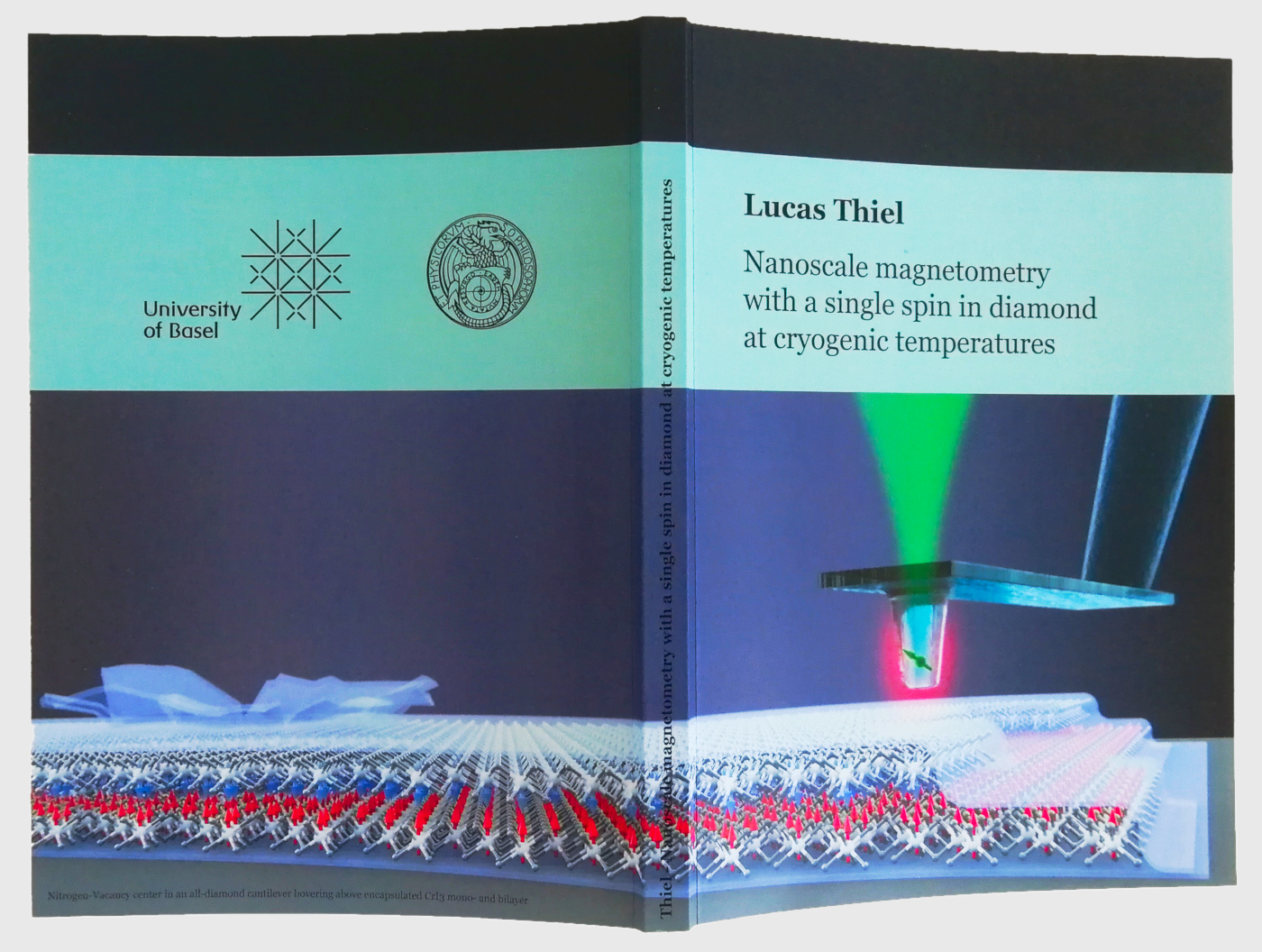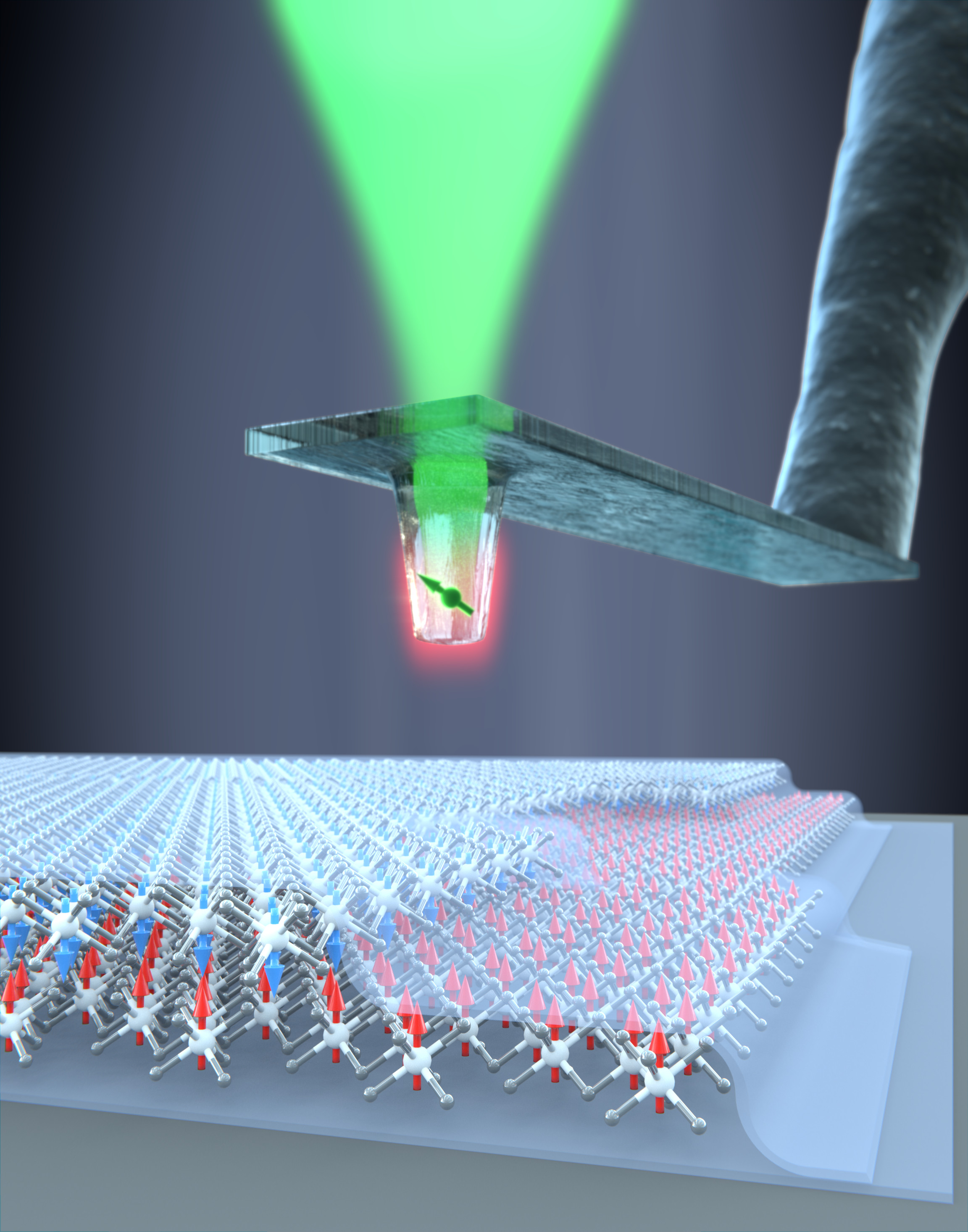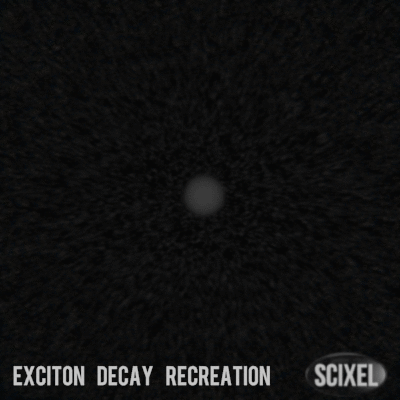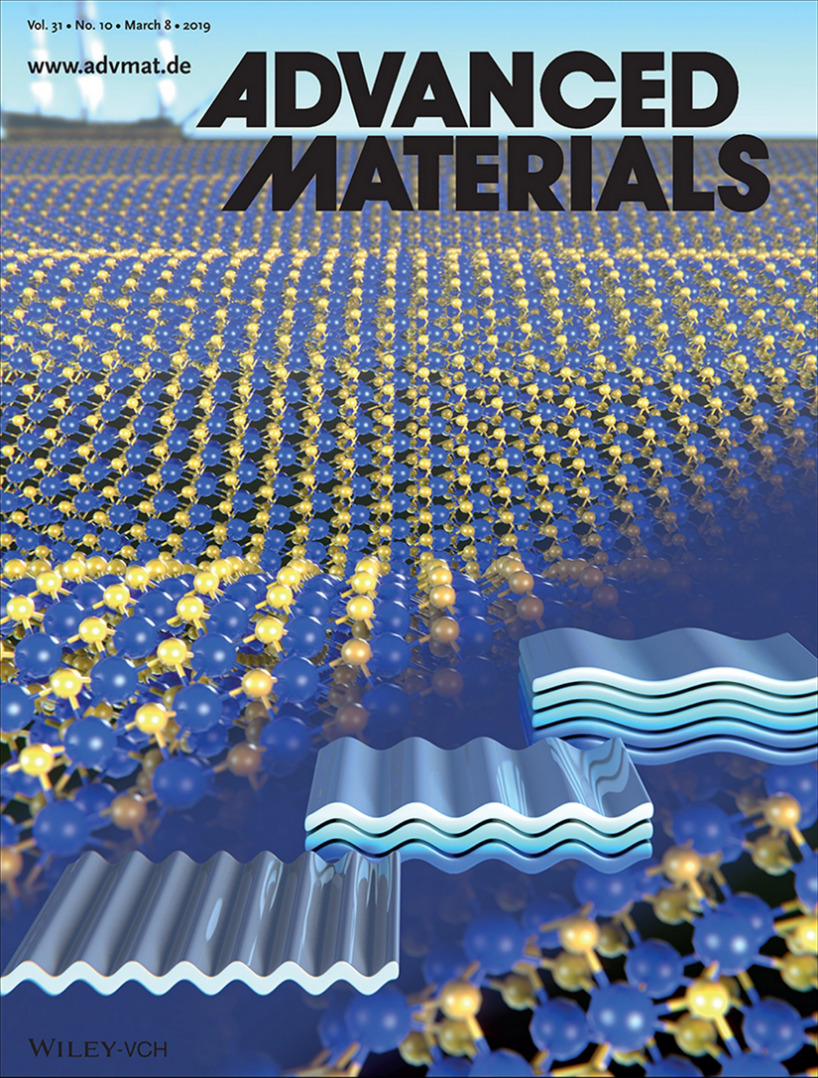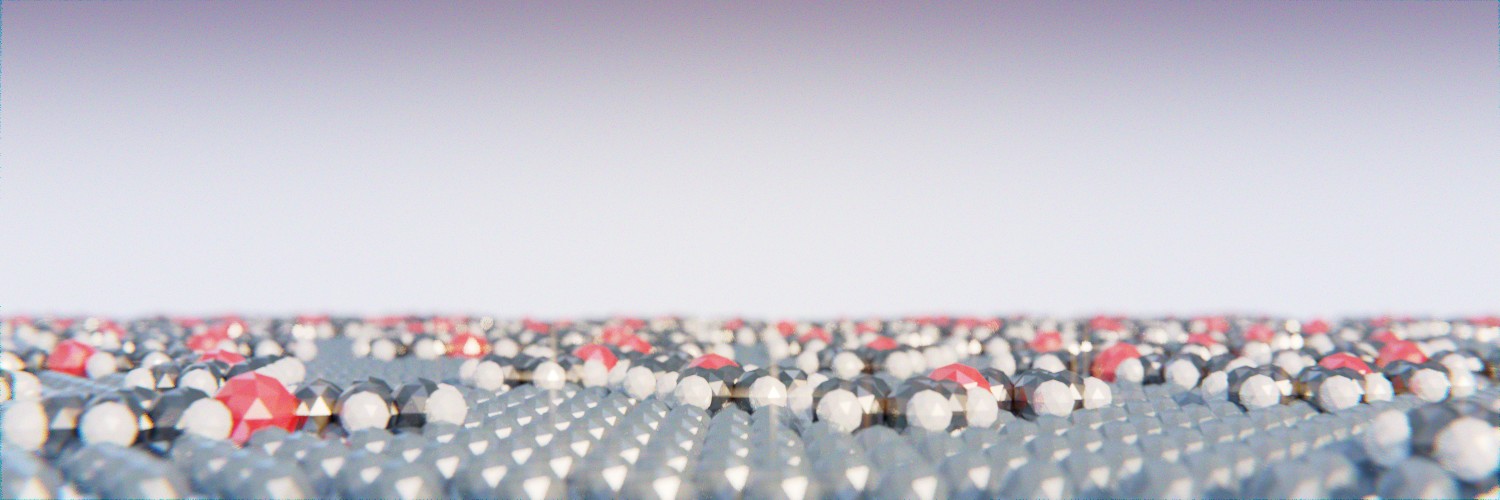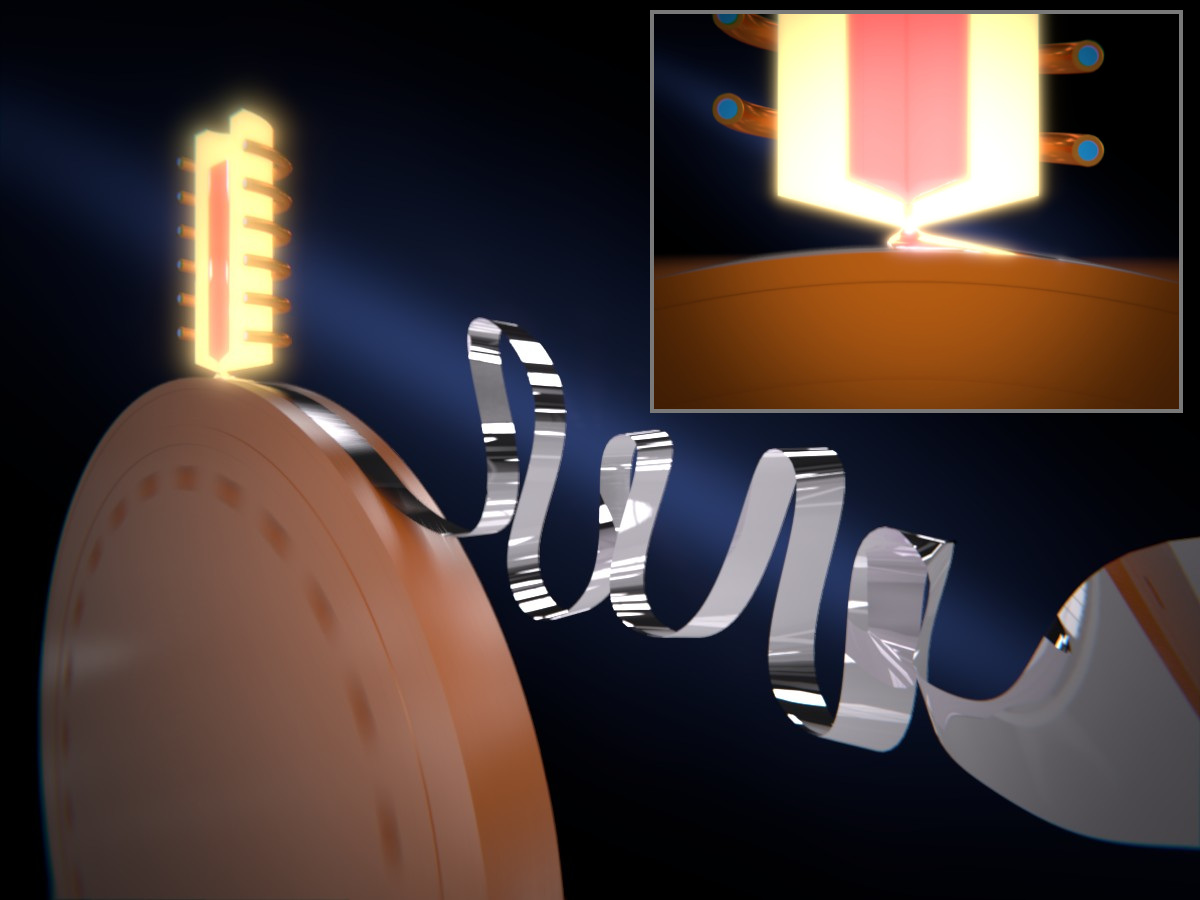Condensed matter physics is a big unknown, even for 2nd year physics students, let alone theoretical condensed matter physics. And funny enough, this branch of physics covers a huge percentage of the reality around us. It covers quantum physics, biophysics, fluids, materials, optics and acoustics, or low temperatures, just to name a few of its interests. Yet, few people know about it.
At the Theoretical Condensed Matter Physics department, at Universidad Autónoma de Madrid are actively trying to fill this gap. They’ve made a video to inform and try to bring closer students and young people to this beautiful and amazing area of science. And Scixel happened to be around.
We’ve spend a great time working with them, discussing and creating this piece. Hope you like it and pay them a visit!
